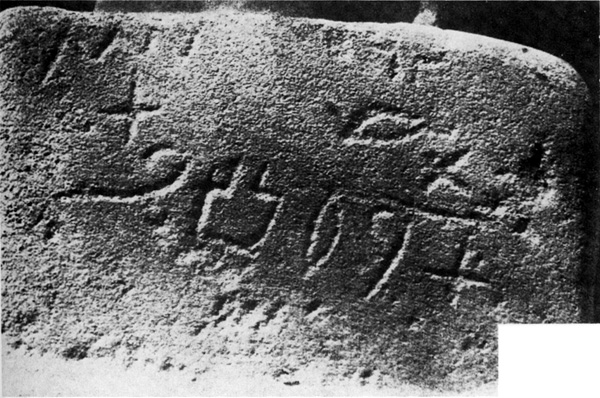I couldn't find any English articles yet, so sorry for the Hebrew one. Feel free to use Google Translate:
"זו רעידת אדמה בחקר המקרא": נחשפה "קללה" בת 3,200 מ"הר הקללה"
Edit: An English article: ‘Curse’ text on ancient amulet could change way scholars read Bible
Fresh off the presses, a folded lead tablet dated to the 13th century BCE was found on Mt. Ebal in Israel, also known as the "curse mountain" (see Deuteronomy 11:26-30, Deuteronomy 27:2-8 and Joshua 8:30-35). When it was opened up, it was discovered to be inscribed with Proto-Canaanite writing which read:
Translation (mine):
One of the scholars who first studied the object, Prof. Gershon Galil, stated that this is the earliest Israelite text found to date, and proves wrong those who thought that that Israelites at the time did not write anything. The chiastic scheme of the text shows that the author belonged to a literarily-advanced culture.
Picture:

My reaction:














"זו רעידת אדמה בחקר המקרא": נחשפה "קללה" בת 3,200 מ"הר הקללה"
Edit: An English article: ‘Curse’ text on ancient amulet could change way scholars read Bible
Fresh off the presses, a folded lead tablet dated to the 13th century BCE was found on Mt. Ebal in Israel, also known as the "curse mountain" (see Deuteronomy 11:26-30, Deuteronomy 27:2-8 and Joshua 8:30-35). When it was opened up, it was discovered to be inscribed with Proto-Canaanite writing which read:
ארור, ארור, ארור,
ארור לאל י-הו
תמות - ארור
ארור - מות תמות
ארור לי-הו
ארור, ארור, ארור
ארור לאל י-הו
תמות - ארור
ארור - מות תמות
ארור לי-הו
ארור, ארור, ארור
Translation (mine):
Cursed, cursed, cursed
cursed to the God Ya-hu
Die, [you who are] cursed
cursed - [you shall] die
cursed to Ya-hu
cursed, cursed, cursed
cursed to the God Ya-hu
Die, [you who are] cursed
cursed - [you shall] die
cursed to Ya-hu
cursed, cursed, cursed
One of the scholars who first studied the object, Prof. Gershon Galil, stated that this is the earliest Israelite text found to date, and proves wrong those who thought that that Israelites at the time did not write anything. The chiastic scheme of the text shows that the author belonged to a literarily-advanced culture.
Picture:

My reaction:

